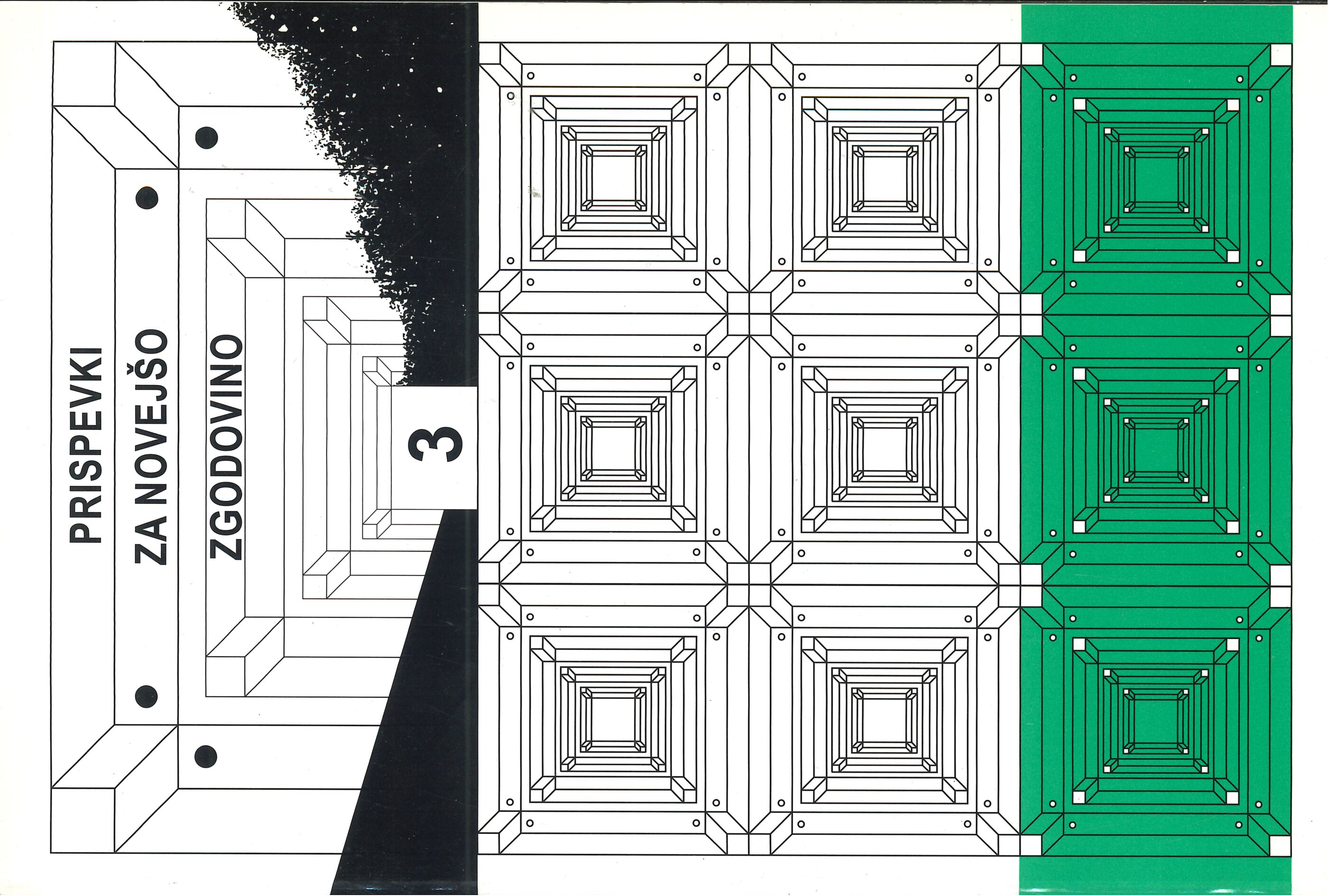The Prekmurje Venice of 1925
Keywords:
1925, Kingdom of Sebs, Croats and Slovenes, Murska Sobota, floodsAbstract
In the first half of November 1925 Slovenia and most of what was at the time the Kingdom of Serbs, Croats and Slovenes was ravaged by floods which barely spared any regions at all. The deluge did most damage in the area then governed by the Maribor county, where the rivers Drava, Savinja and Mura overflowed. Three people died in Murska Sobota due to heavy rain, and around a thousand people lost their homes. In the days since 11 November aid in food, workforce and money arrived from all parts of Slovenia. Murska Sobota and thus the Prekmurje region was separated from the rest of the country, but telephone and telegraph connections remained operational. Due to a somewhat disorganised damage assessment commission, irregularities and delays were also involved in the distribution of the urgent financial aid. The damage in the territory of Murska Sobota was estimated at several millions of dinars. The numbers varied and the request for financial aid, addressed to the authorities in Belgrade, was not fulfilled completely, although the Slovenian members of parliament put all their efforts into it. In 1925 and 1926 the political disagreements also manifested themselves at the local level, especially the area governed by the Maribor county. Daily newspapers kept publishing reports from the affected region and underlined Belgrade's non-responsiveness. In their own way the floods contributed to the urban development of Murska Sobota, where the railroad connection was established a year earlier as well. Thus the city was electrified and in the 1930s it recovered economically with the aid of ambitious Slovenian industrialists.
Downloads
Published
Issue
Section
License
Authors who publish with this journal agree to the following terms:
- Authors retain copyright and grant the journal right of first publication with the work simultaneously licensed under a Creative Commons Attribution License that allows others to share the work with an acknowledgement of the work's authorship and initial publication in this journal.
- Authors are able to enter into separate, additional contractual arrangements for the non-exclusive distribution of the journal's published version of the work (e.g., post it to an institutional repository or publish it in a book), with an acknowledgement of its initial publication in this journal.
- Authors are permitted and encouraged to post their work online (e.g., in institutional repositories or on their website) prior to and during the submission process, as it can lead to productive exchanges, as well as earlier and greater citation of published work (See The Effect of Open Access).


